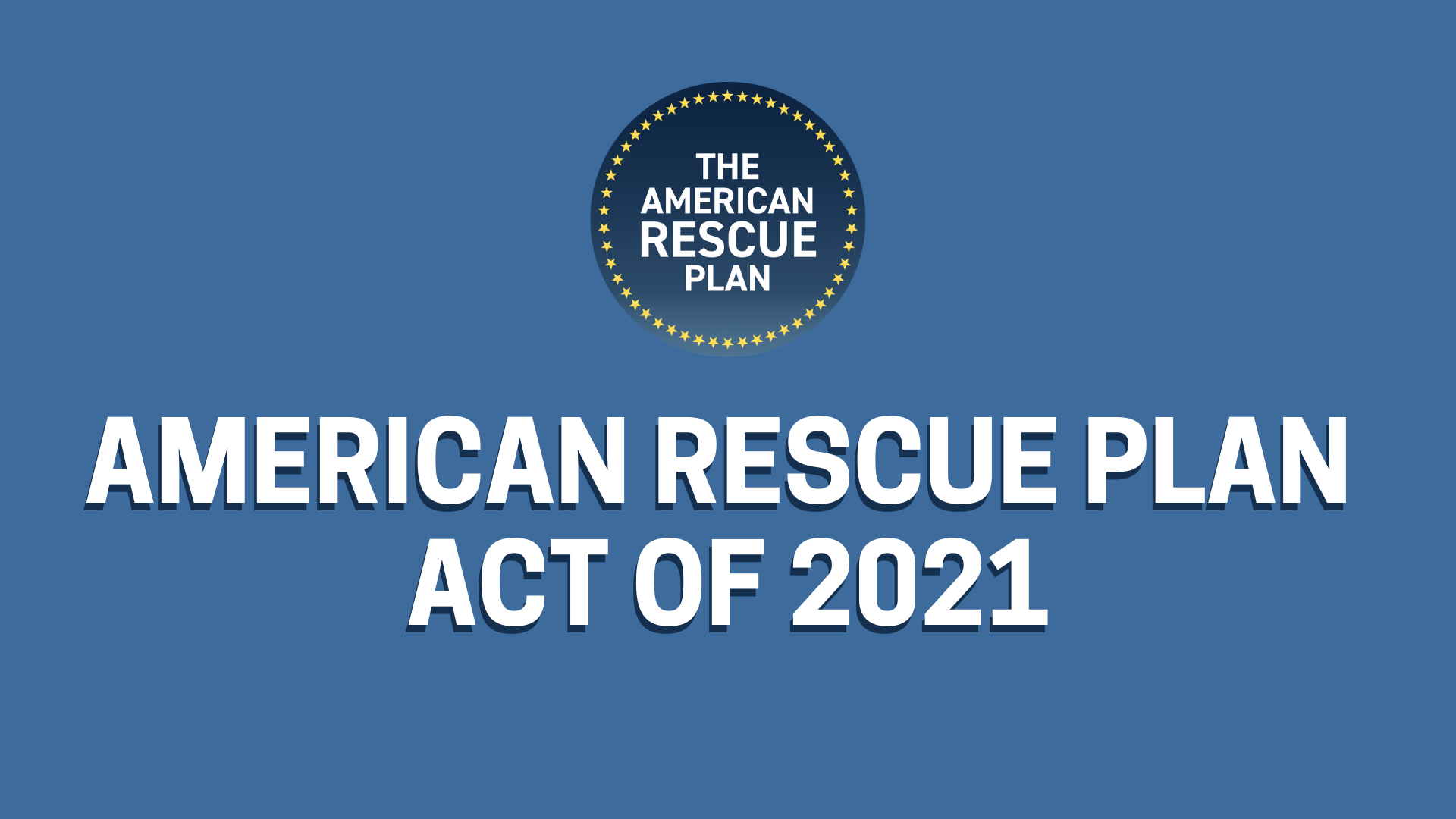(Akiit.com) As massive as the spending is in the American Rescue Plan – $350 billion for state and local governments, $130 billion for schools, $25 billion for rental assistance and $4.5 billion for low income home energy assistance – “the change in the paradigm”, as President Biden called it, is just as important. The vast majority of the funding is targeted to help working and middle class families.
From the Reagan administration in the 1980s until the present, government programs have been predicated on the theory of “trickle down” economics: target the program to the wealthy and the benefits will ultimately trickle down to lower income people. Whether it was tax cuts, or past stimulus efforts, government lavished its largesse on the richest, while being stingy with everyone else.

The Reagan Revolution
When Reagan proposed that he would cut taxes, increase military spending and balance the budget, George H. W. Bush called it “voodoo economics.” And as it turned out, voodoo may have had a better chance of working given the deficits that piled up. Clinton ballyhooed his welfare reform program by saying, “The era of big government is over.” Obama had to save Wall Street from itself before the entire economy headed over a cliff. None of these initiatives aimed assistance directly at the neediest.
The last presidents who spoke directly of ending, or at least ameliorating, the worst effects of poverty were Franklin D. Roosevelt with his New Deal and Lyndon B. Johnson with his Great Society. And time has shown that the programs implemented by these administrations – Social Security, Aid to Families with Dependent Children, Medicaid and Medicare – have proven to be highly effective.
We got away from this way of thinking beginning with the Reagan Revolution. Poor black women were demonized as welfare queens and later, inner-city youths as super-predators. Never mind that numerically, the majority of poor people in this country are white. And they make up the largest cohort of beneficiaries of these programs that are purported to be used exclusively by black people.
In more recent times, former House Speaker Paul Ryan talked about “makers and takers.” The wealthy were seen as the movers in society, propelling economic activity, while the poor were seen as a drag.
Prosperity, security and opportunity
Then came COVID. Those low wage earners were suddenly transformed into “essential workers.” It became quite obvious who the economy really relied on to keep goods and services moving. We also saw the downside of the new “gig economy”. Workers who had to supply their own transportation to do their delivery jobs, for instance, and enjoy none of the corporate benefits, like paid sick leave, that most professional workers have become accustomed to.
The American Rescue Plan is the first legislation in a generation that expressly sought to “put working people in this nation first” and show that “government can deliver prosperity, security and opportunity” as President Biden said in his remarks introducing it.
While Republicans were whining about “cancel culture” and its effects on Mr. Potato Head and Dr. Seuss, the Biden Administration, and its allies in congress, were busy crafting and passing this comprehensive legislation which has garnered support from 75% of the population. Republicans decried providing assistance without “work requirements”, apparently forgetting that we still have not recovered between 9 to 10 million of the 21 million jobs lost during the pandemic. Many never to return.
What comes next…
The direction laid out by the Biden administration is the country’s first vision of what the post-COVID world can look like. Most leading economists and the Chairman of the Federal Reserve, Jerome Powell and the Secretary of the Treasury, Janet Yellen say it is precisely the “shot in the arm” the economy needs as we try to recover from the ravages of the past year.
Detractors say it is a “liberal wish list” and the economy would recover anyway. But they have yet to put forward any ideas of their own about what it will take to restore the jobs and businesses lost because of the pandemic and how to get the country moving again.
It has been written, “Without a vision, the people perish.” Until someone comes up with a better one, we should follow the one laid before us and do our part to help it succeed.
Columnist; Harry Sewell









Leave a Reply